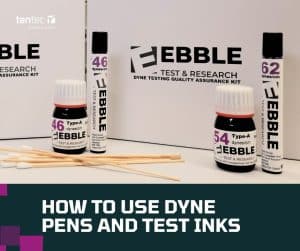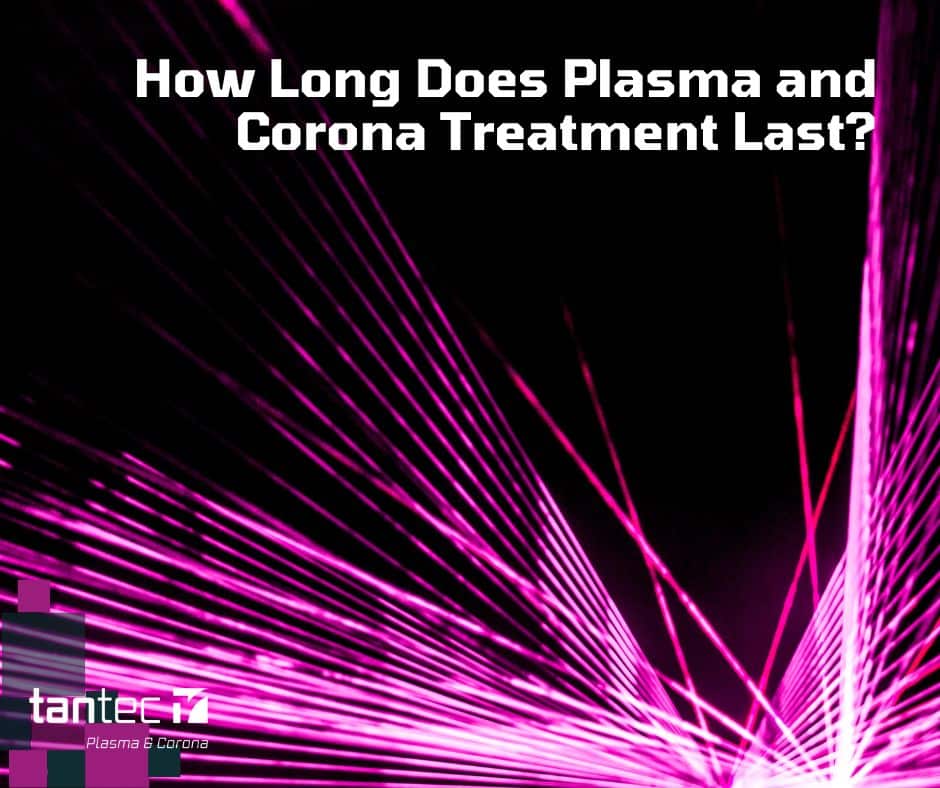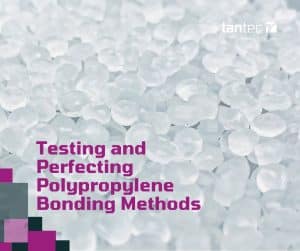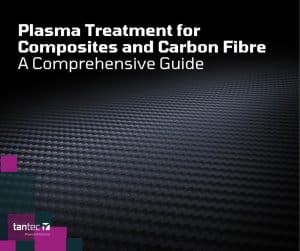
How to use Dyne Pens and Test Inks
Read this to find out the official way to get

Plasma and corona treatment do very similar things to the surface of a material, all of which is permanent and will last the life of the part.
The real question is, how long does plasma and corona treatment remain useful and available to use? Here at Tantec, we find out!
The fundamental process behind both plasma and corona is that high voltage breaks up molecules in the air, mostly oxygen, which creates free radicals, ions and excited species.
For light oils and greases on the surface, this energy is transferred to them and they react to form simple molecules like carbon dioxide and water vapour which are blown away. For materials like many metals, ceramics and glasses, treatment mostly stops here.
For polymers, including epoxies and polyurethanes, some of these excited molecules implant themselves in to your material, leaving a new chemistry on the surface which is good for wetting and adhesion.
This new chemistry is usually less than ten molecular layers deep, it is purely at the interface between material and the process you’re going to do next, printing, coating etc. This doesn’t change the material to make it brittle, or discolour the material or change it in any other way.
Your new surface has permanent, stuck in place molecules if it’s a polymer or simply has a perfectly pristine surface if it’s too inert to react with the plasma.
The molecules on that surface are there and there for good. But there are four key ways that treatment could decay with time:
The first three can be quicker in heat, or when exposed to strong UV light or other aggressive environments, and when subjected to extra cold temperatures, deposits from ice can be left behind too.
At one end of the spectrum, a soft, oily, greasy silicone that’s travelled from China is likely to give us no more than 30s worth of treatment life. At the other end, a highly cross linked, low additive content and freshly moulded medical grade polymer could last more than five years.
As with a lot of questions in life, the answer is nearly always ‘how long is a piece of string?’ As even with similar materials, each supplier will have a slightly different set of ingredients which have more or less additives, or include varying amounts of regrind or recycled content.
So here are a few examples, which are fairly common. However, add a UV stabiliser, or keep the materials in a hot and dusty environment and expect different results:
Polypropylene: PP being the common wonder material luckily has a good shelf life, normally weeks, but often months if stored correctly. Years isn’t unheard of!
Polycarbonate: PC is generally a good material to work with, it can often have a very long treatment life, well into years. Although variants with higher additive contents can be a problem.
TPE: being a range of materials and not an exact variation, the range can be wide. Harder TPEs are likely to last longer, with softer ones potentially having a shorter life. It would be sensible to think hours to days, with the possibility of weeks.
Metals such as stainless steel and gold: these materials are very resistant to plasma and so receive a strong cleaning effect only. The surface left behind is fantastic for bonding, but there’s a twist. They are so good for bonding, potentially having a surface energy (we’ll discuss in a moment) more than twenty times higher than a polymer which means they attract more than other materials. This can lead to an exposed metal having a very short lifetime, sometimes less than an hour, although days and weeks aren’t uncommon if the surface is protected.
Metals such as Aluminium: rarely found as the bare metal, aluminium always has an oxide layer which forms immediately after the metal is formed or exposed. When subjected to plasma, it is likely that oils and greases are removed, but the highly energetic nature of the plasma will help form additional oxides. These oxides form fast, and densely and can actually give a strongly bound layer which is good for bonding. Treatment life here again varies, but weeks to months is typical.
Nylon: with a wide variety of materials falling under the PA nylon family, we can see some interesting results. Nylon, often coupled with additives like glass fibres, is hygroscopic and can absorb water from the air. A freshly moulded or extruded nylon with hard fillers and low oil content is easy to treat and should last weeks and months. An older nylon left to absorb moisture is completely different and might not treat well to begin with, even when it does treat well it is unlikely to have the best lifetime.
PEEK: an excellent engineering polymer, poly ether ether ketone treats well, has a low additive content and has a rigid molecular structure. PEEK can often last years, especially when protected from airborne contamination.
While material treatment life can last significant amounts of time, you never know when someone will open the bag, rub the part and say the phrase ‘this doesn’t look treated to me’ before then placing the part back in the bag and on the shelf. The part now has a greasy layer where it’s been touched and this could lead to production problems.
The reality is, minimise the risk by treating and processing as soon as possible. Educate your team about contamination and make sure you know when a part was treated, and when it’s due to drop off. Keep parts stored sensibly and use a stock rotation system.
If you’re treating and storing, or using contract plasma treatment for your components, being aware of the risks and limitations is key to ensuring your parts are still in good condition when you use them.
Measuring treatment life is usually done in one of two ways. Measuring the physical readings of surface energy using test inks or contact angle is an easy way to keep checking, and means you can take multiple measurements over the same part, reducing the risk of variation between parts.
Secondly, measuring a physical characteristic like adhesion strength, or scratch resistance is the real proof test. Often, coupling the two together gives all the information you need to know what performance you receive at what dyne level, which allows you to create a strong quality check for production.
Treatment life is smart to understand, and to measure. Knowing whether you have a short or a long treatment life will be useful for periods of shut down such as holidays or line stoppage.
Understanding treatment, measuring it and knowing how to handle parts is key to having good quality parts, and this information should be given to all involved in processing, and not just the quality department.
Always beware of things changing, because a new polymer grade or an intense heatwave, a supplier changing the water content of their adhesive or parts being left outside could all play a part in the performance of your process.
Follow Tantec on LinkedIn to keep updated with all plasma and corona treatment news!

Read this to find out the official way to get

Polypropylene (PP) bonding is traditionally a difficult task due to

Composites are becoming increasingly important in manufacturing, whether these are
40A Crossgate Road
Park Farm Industrial Estate
Redditch
B98 7SN
Tel: 01527 304 004
Email: info@tantec-uk.com
